Flagstaff is a vibrant city in Northern Arizona surrounded by stunning natural scenery. Located at the base of the San Francisco Peaks and home to Northern Arizona University, Flagstaff offers visitors a mix of rich culture, history, and endless outdoor recreation opportunities.
From exploring ancient Native American cliff dwellings and volcanic craters to skiing pristine mountain slopes and stargazing in one of the world’s first International Dark Sky Cities, Flagstaff has something for everyone. This article highlights 12 top attractions that should not be missed when visiting Flagstaff, Arizona.
Route 66 and Downtown Flagstaff

One of Flagstaff’s biggest claims to fame is being located directly along Historic Route 66. The iconic Mother Road passes right through downtown, and Route 66 landmarks like vintage motels and diners now intermingle with local art galleries, eclectic boutiques, great restaurants, and craft breweries.
This vibrant pedestrian-friendly district is a delight to explore thanks to its walkable streets and diverse architecture spanning Flagstaff’s frontier and railroad roots.
Be sure to stop into the weathered 1800s era railway cargo building housing the visitor center to learn more about the city’s history before stretching your legs with a stroll. From Route 66 to the lively bars and eateries around Heritage Square, downtown Flagstaff offers a fun and uniquely local urban experience embedded within a scenic mountain setting.
Lowell Observatory and Night Skies
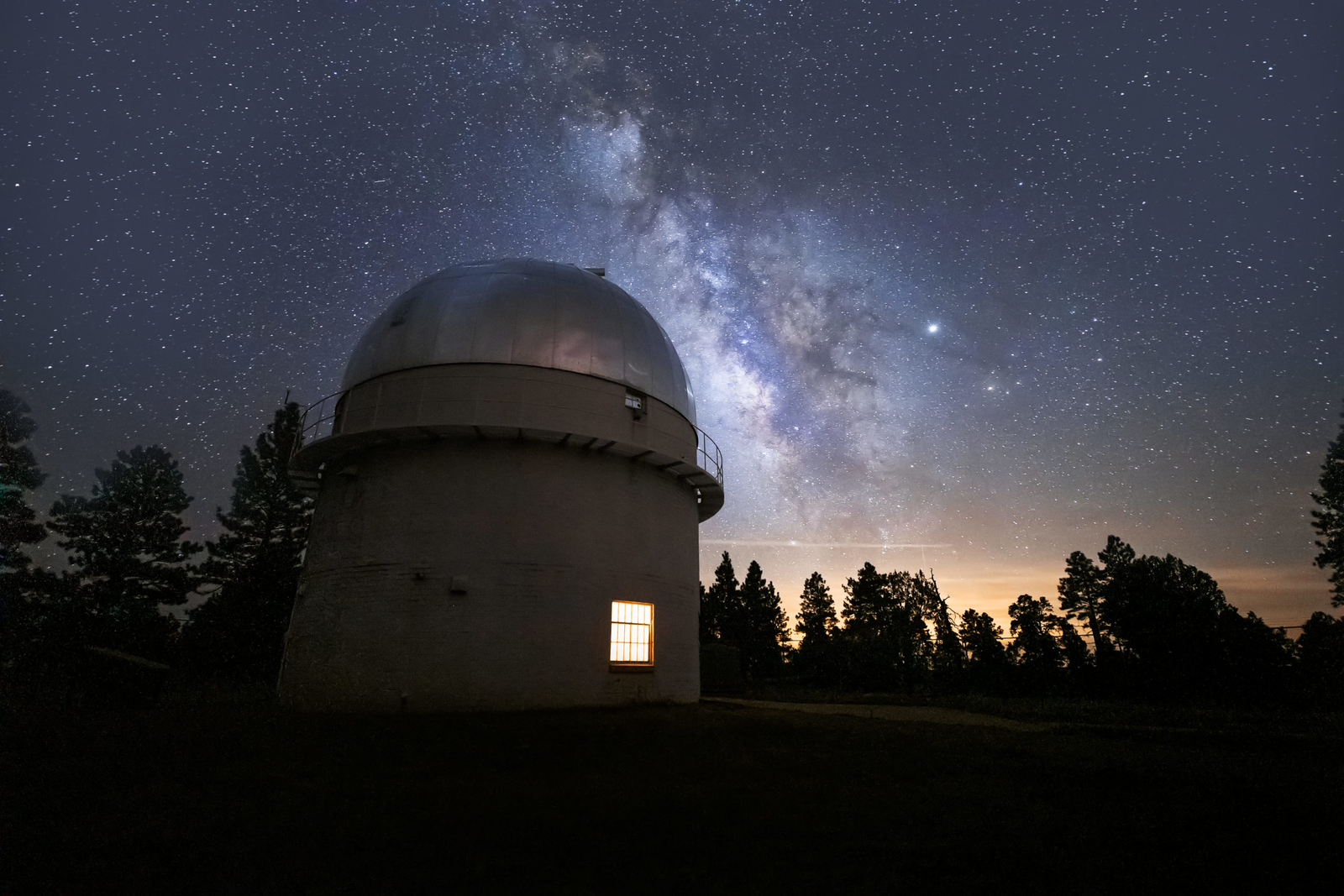
As one of the first cities to enact ‘dark sky’ lighting ordinances limiting light pollution and as home to Lowell Observatory (one of the oldest astronomical observatories in the United States), it’s no surprise that Flagstaff is considered a stargazing mecca. Lowell Observatory’s state-of-the-art telescopes and nightly public observing opportunities offer prime views of planets, nebulae, star clusters and more (depending on the season), aided by Flagstaff’s high elevation and incredibly dark skies.
For daytime visits, you can tour the Observatory’s historic campus and discover exhibits like the refurbished 1894 Clark Telescope that helped to discover Pluto. Cap off an evening in Flagstaff by attending a Stars Over Flag concert blending astronomy presentations with live music performances at Buffalo Park or simply admiring constellations wheeling brilliantly above in a star-struck glimpse of infinity.
Grand Falls and the Painted Desert

Just 30 miles (48 km) northeast of Flagstaff lies a must-visit natural attraction – Grand Falls, a picturesque 185 foot (56m) tall waterfall plunging over layered, multi-colored cliffs onto a limestone rock shelf below in the middle of the Navajo Nation. The falls flow with the most volume and power during spring snowmelt and monsoon season, creating a thundering cascade, though they remain impressive year-round.
Nearby viewpoints overlook the spectacular Painted Desert’s vibrant badlands carved over millennia by water and wind erosion. Watching Grand Falls torrent over the expanse of banded rock flowing in shades from red to white is an unforgettable sight. Be sure to check road conditions before traveling here as the unpaved roads can become muddy and impassable after heavy rain or snow.
Meteor Crater
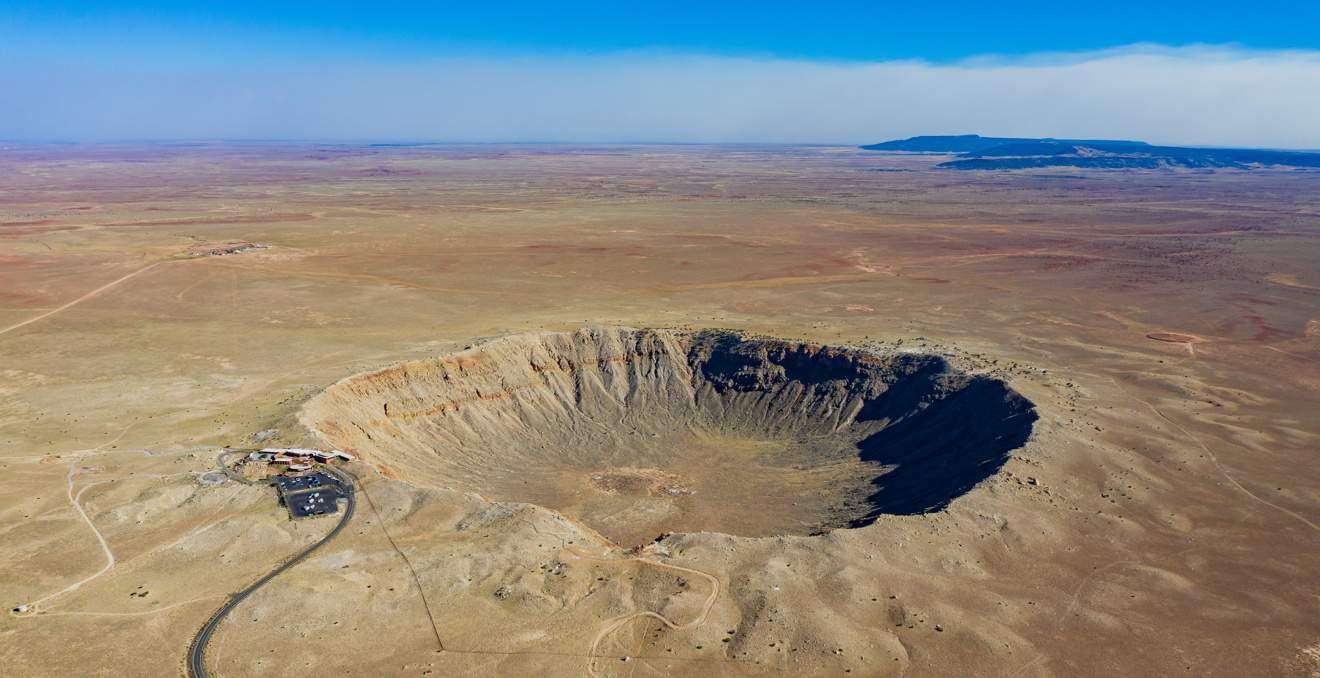
A prime example of the impact cratering visible across Arizona’s landscape from ancient asteroid strikes is Meteor Crater, located about 37 miles (60 km) east of Flagstaff. Nearly one mile wide and over 550 feet deep, Meteor Crater stands as one of the best preserved impact craters on Earth.
The crater formed roughly 50,000 years ago when an extraterrestrial rock hurtled into this region’s arid plains at over 26,000 miles per hour, leaving behind a gaping hole that has changed little after initial formation.
Today you can join a guided rim tour to observe the crater while learning more about ongoing research, impacts around the Solar System, threats posed by Near Earth Objects (asteroids), and more at the visitor center.
Interactive science displays at the Astronaut Memorial display and gift shop further illuminate this unique geological feature’s origins and continued study. Peer over the crater’s precipitous rim reveals just how much force it took to displace millions of tons of rock in a geological instant here in Northern Arizona so long ago.
Canyon de Chelly National Monument

Located near the town of Chinle 130 miles from Flagstaff, Canyon de Chelly (“d-SHAY”) shelters nearly 5,000 years of continuous human habitation within its high red sandstone walls. The canyon has been home to Ancestral Puebloan farmers, Navajo tribes, and Spanish settlers over the centuries, resulting in a landscape rich with archaeological sites documenting Southwest cultural history.
For a bird’s eye perspective of the canyon’s green oasis valleys, sublime stone spires, and ancient Native ruins, join a full day guided coach and jeep tour from Flagstaff. These tours make multiple stops to explore sites like White House Overlook gazing down towards archaeological finds and Antelope House’s subterranean storage rooms. More adventurous travelers can also join guided treks descending canyon switchbacks on foot or horseback for a more intimate canyon experience.
Sunset Crater Volcano National Monument
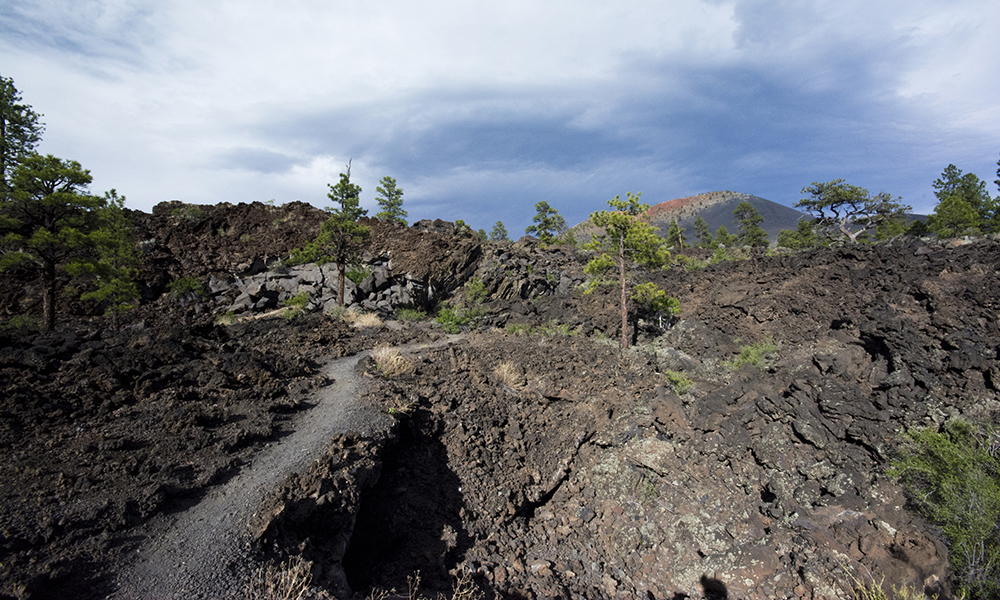
Volcanic activity has strongly influenced Flagstaff’s natural landscape, creating attractions like lava flows and volcanic cinder cone structures. Formed in the aftermath of explosive eruptions happening between 1040 and 1100 CE, Sunset Crater National Monument contains colorful geological vistas to hike through and remnants of ancient Sinagua Indian settlements who later resettled to escape the eruptions.
Circumnavigating the base trail skirting Sunset Crater offers a glimpse of how the environment here is slowly recovering, with wildflowers adding pops of color to the otherwise black basalt bonaga lava flows and red oxidized scoria (volcanic cinder) fields. For a higher vantage over additional craters and the sweeping San Francisco Peaks towering in the background, take on the steep Lenox Crater Trail or walk through aspen and ponderosa covered hills.
Walnut Canyon National Monument
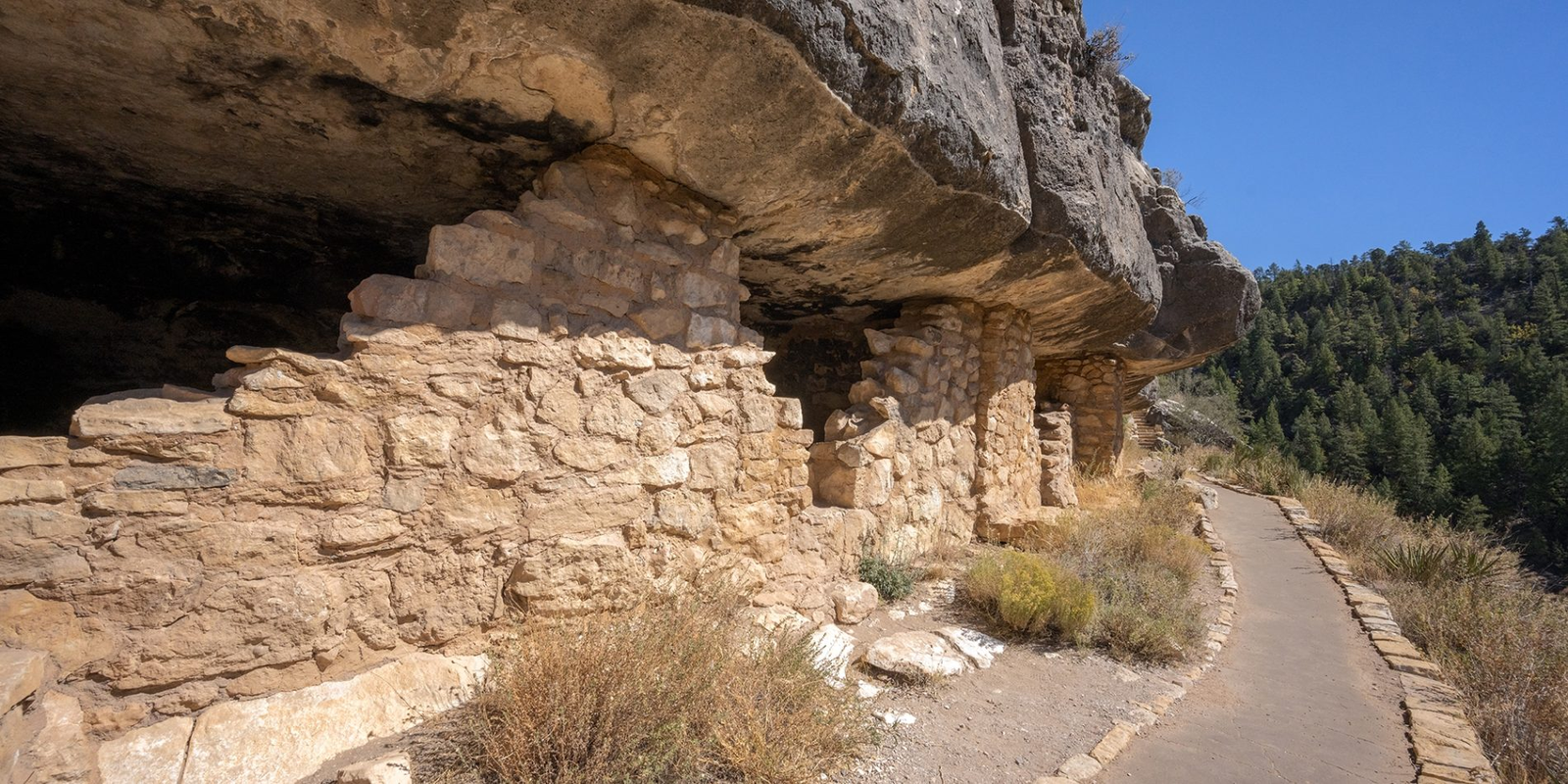
In a sheltered canyon hiding ancient Native American cliff dwellings stands Walnut Canyon National Monument. The canyon’s nearly vertical limestone and sandstone walls plunge over 200 feet (61 m), creating natural alcoves that made ideal home sites for Sinagua peoples over 700 years ago before unknown reasons caused them to ultimately abandon the settlements.
A strenuous Island Trail descent allows access inside Walnut Canyon’s pleasant microclimate to better appreciate site details and the ingenuity behind homes intentionally built to blend with the natural shelters (and for defense). More ruins await discovery on mesa tops above the canyon for fit hikers choosing longer rim trails too. However you explore, absorbing echoes of Walnut Canyon’s spiritual heritage and its geologic grandeur leaves a deep impression.
Lake Mary and Mormon Lake
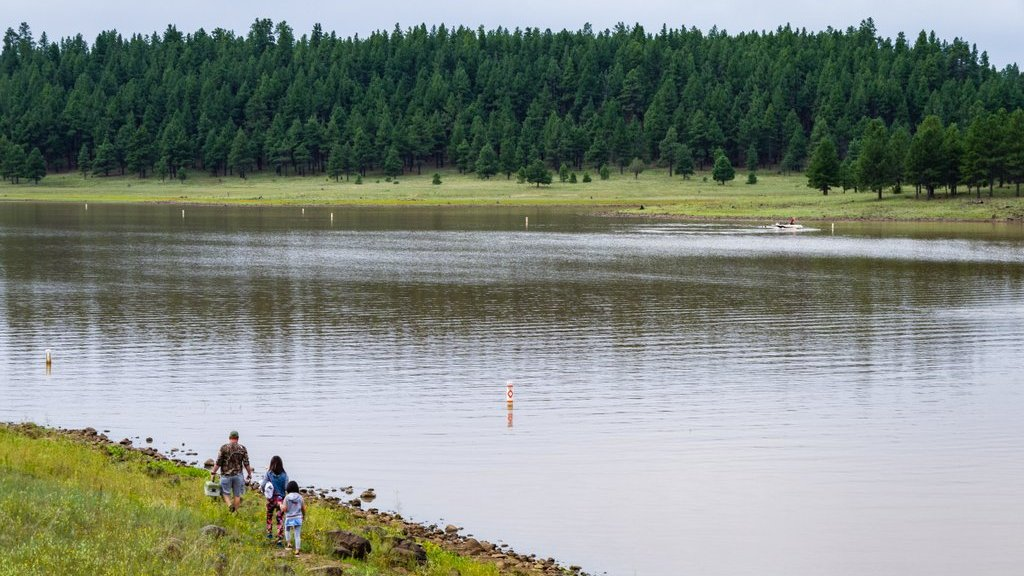
Nestled amid Northern Arizona’s ponderosa pine forests below the peaks outside Flagstaff are two scenic lakes offering seasonal water recreation – Lake Mary and Mormon Lake. Picturesque Lake Mary provides fishing, boating, kayaking and stand up paddleboarding opportunities less than 10 miles from downtown Flagstaff, especially once winter ice melts around late spring.
Because Mormon Lake lacks venomous fish, it receives stockings of rainbow trout and other sport fish varieties for anglers to pursue from shore or small non-motorized boats when water levels allow. For easy lakeside access, both Lake Mary and Mormon Lake have developed recreation sites and campgrounds bordering their shores available on a seasonal basis. When water conditions prevent lake use, rolling pine Country offers cool respite in summer and golden autumn hues surrounding the lakes still enchant.
Arizona Snowbowl and Snow Activities
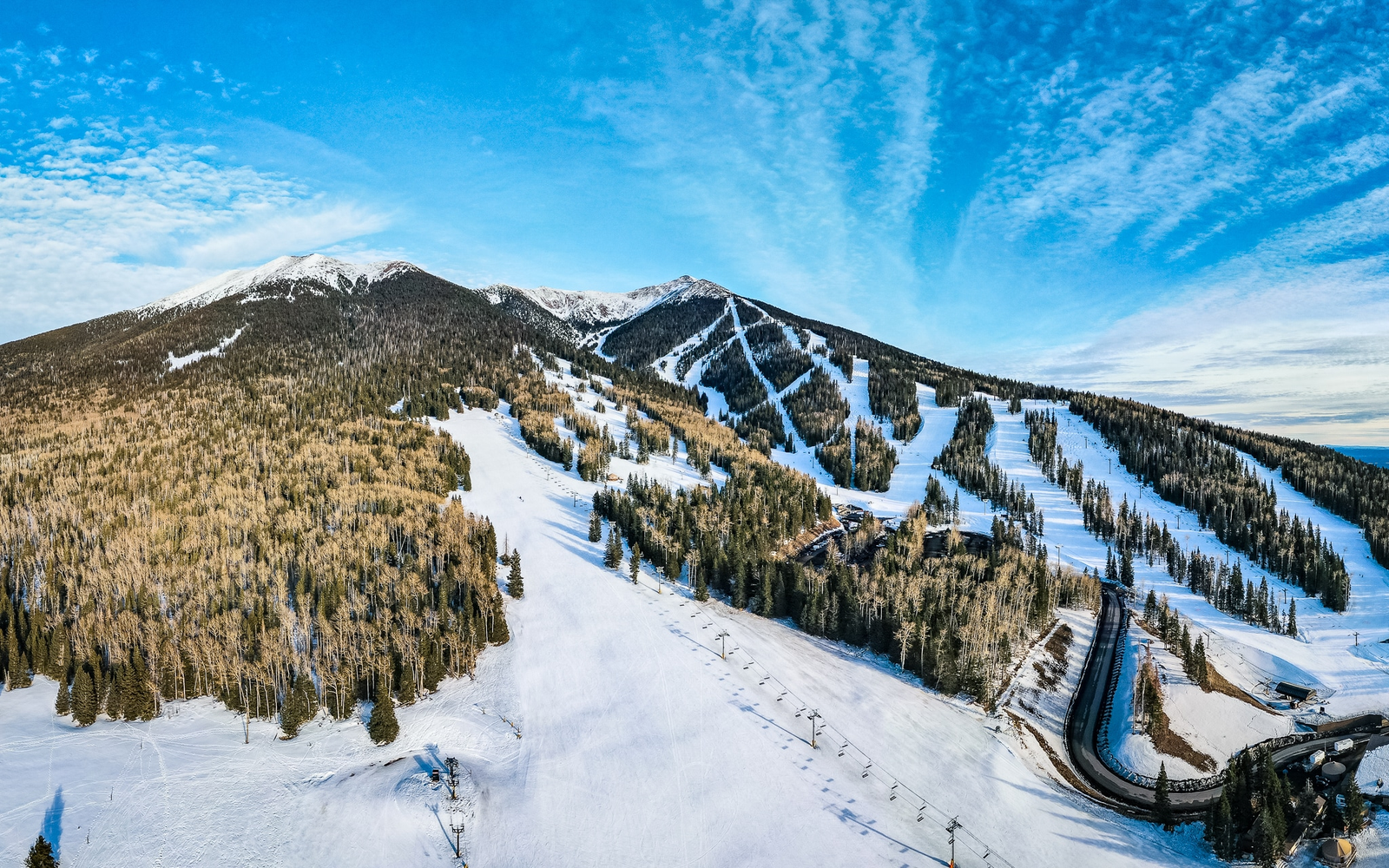
From late fall into spring, nature blankets the San Francisco Peaks towering over Flagstaff under a fresh coat of powdery snow. This makes Arizona Snowbowl, under 14 miles (23km) from downtown, the closest ski area for enjoying both Alpine and Nordic skiing. During snow season the Snowbowl offers 32 trails accessed by chairlifts and a surface lift spanning beginner to advanced runs, plus a terrain park, cross country trails through ponderosa forests dusted white by winter snowfall, and areas for sledding or snow tubing fun.
If skiing itself doesn’t appeal, simply riding the scenic Agassiz chairlift rewards with panoramic views across the wilderness. Après-ski continues the lively mountain town vibe found downtown, making Flagstaff and the Snowbowl the place for winter thrills.
Riordan Mansion State Historic Park
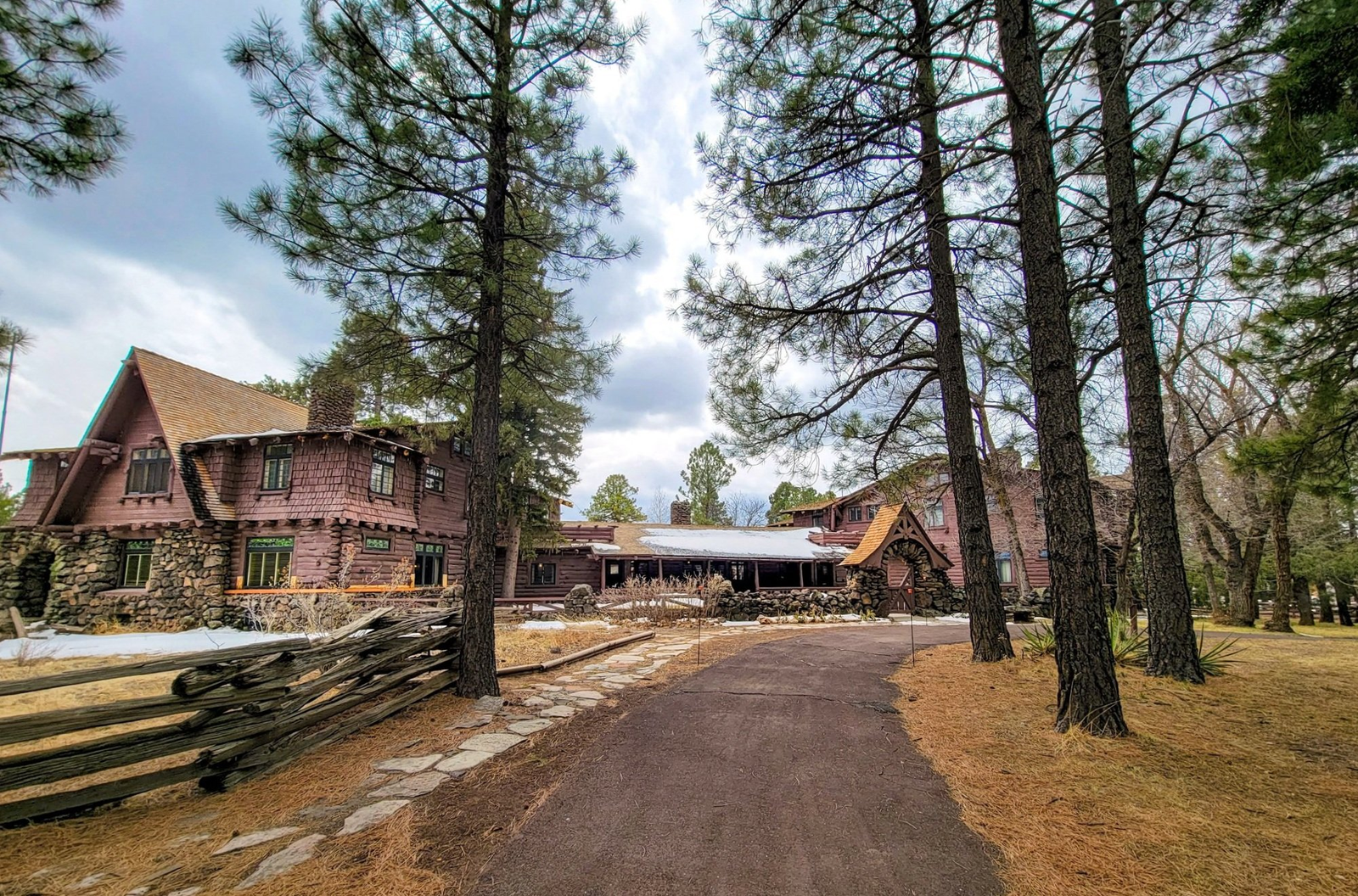
For a glimpse into Flagstaff’s history as a railroad, lumber, and ranching town, Riordan Mansion State Historic Park offers tours inside twin mansion craftsman homes originally built in 1904. Designed by architect Charles Whittlesey for successful Flagstaff businessmen Timothy and Michael Riordan, the 13,300 square foot Arts and Crafts style dwellings are masterpieces of intricate woodwork detailing, art glasswork, and other design hallmarks of that era.
Visitors can sign up for guided tours revealing spaces like the dining rooms and common areas still containing original furnishings along with stories about the people who once lived here. As some of the finest examples of early 20th century architecture found in the state, the stately Riordan Mansions relate early stories of local industry and its resulting prosperity in an engaging setting.
Museum of Northern Arizona
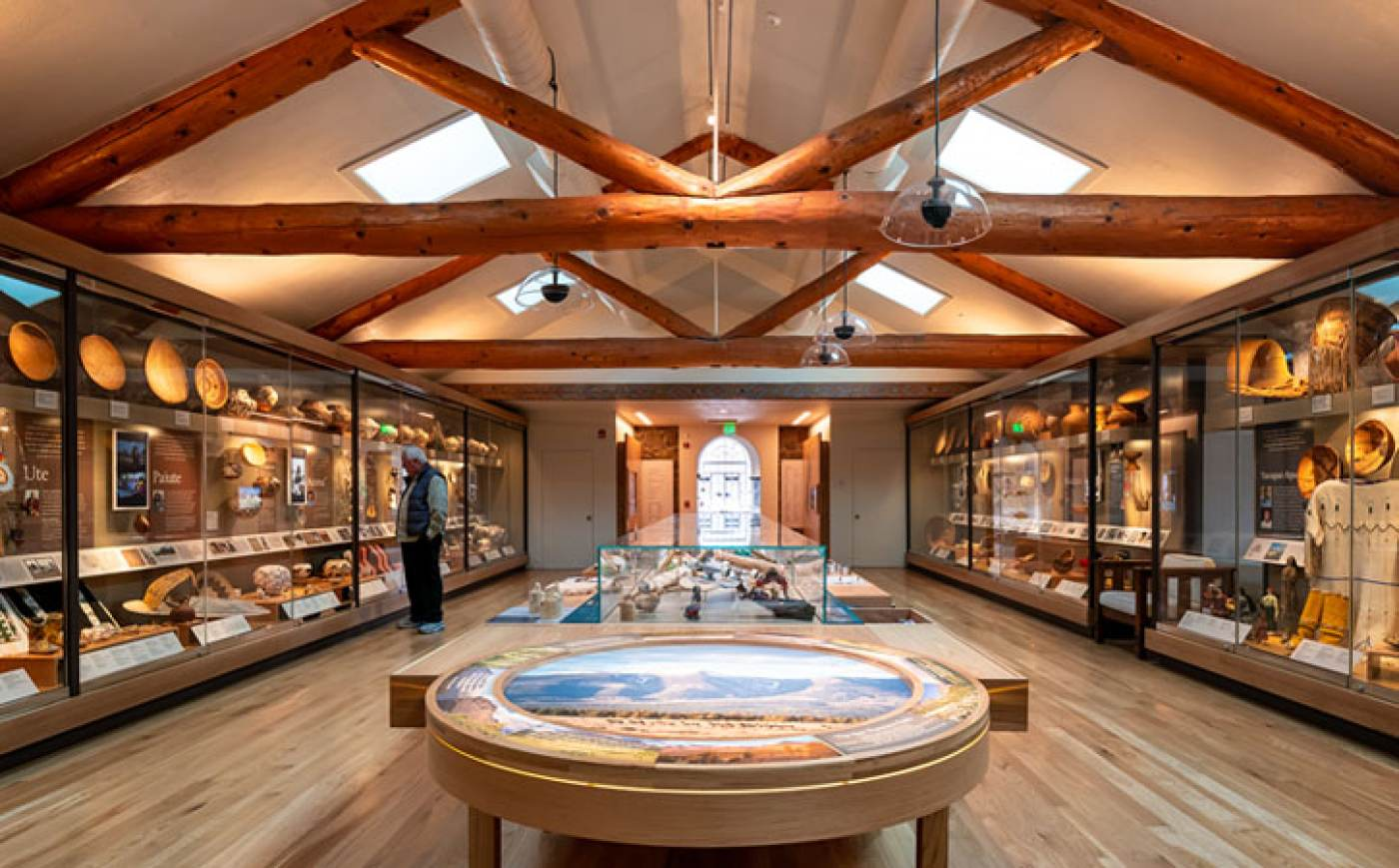
The Museum of Northern Arizona in Flagstaff stands as one of the foremost institutes dedicated to studying, interpreting, and preserving diverse Native American cultures and art spanning the Colorado Plateau region. Their collections contain over 5 million archaeological artifacts, anthropological pieces, fine art works, photographs, and more with highlights showcased through ongoing exhibitions and events.
Visitors can linger over textiles, jewelry, pottery, and Hopi kachina dolls demonstrating incredible artistry and connection with nature to gain a richer appreciation of Southwestern tribes. Outdoor trails with interpretative placards wind past native plants identified to enhance natural history insights too. For travelers interested in Southwest heritage, the Museum provides meaningful context about Northern Arizona’s landscape and peoples interpreted with artistic passion.
Weatherford Hotel
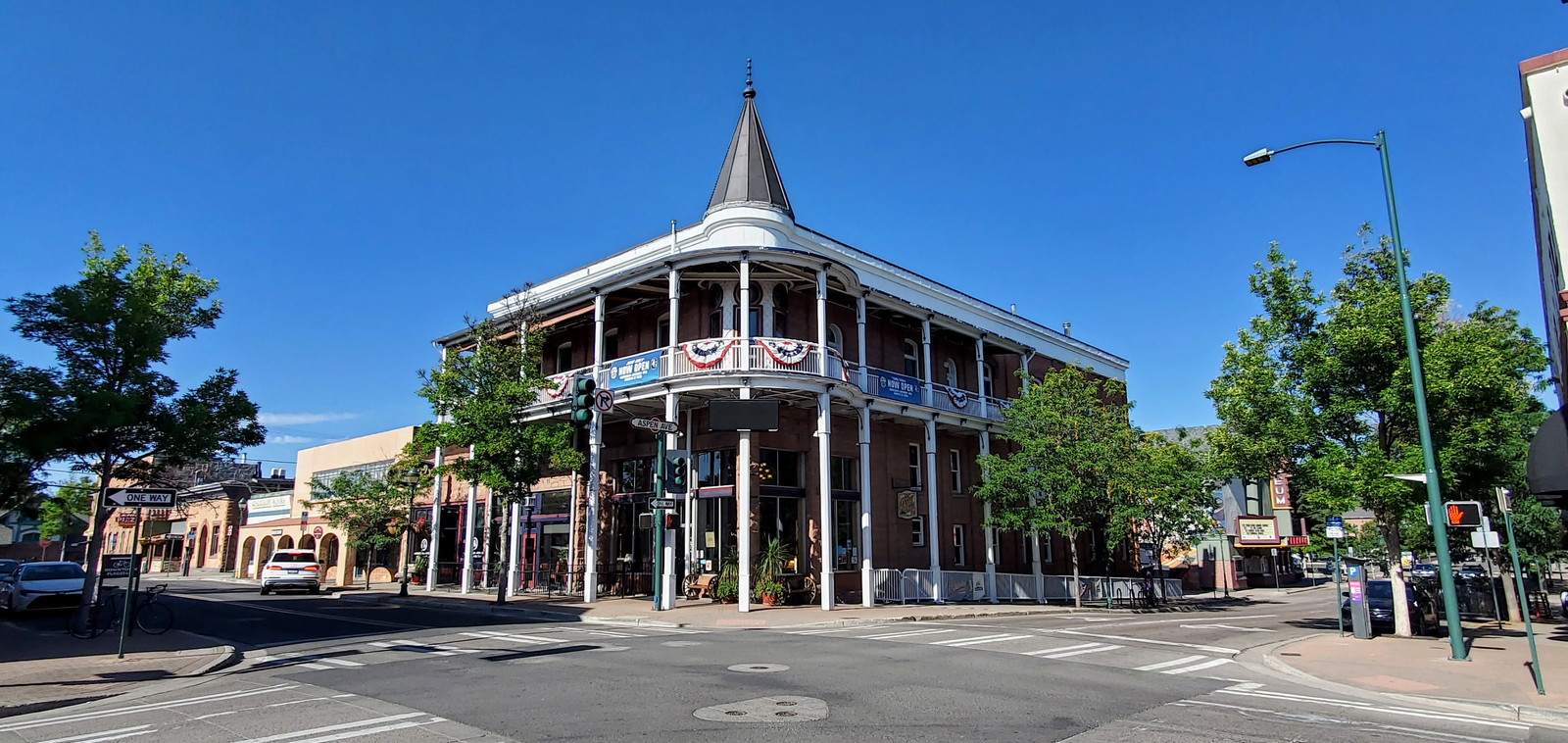
The iconic Weatherford Hotel in downtown Flagstaff started welcoming visitors as far back as 1900 and today still embraces its longstanding position as a beloved local gathering place for dining and music. Its storied past includes stints as a glamorous destination for early Hollywood stars visiting the area like John Wayne, Clark Gable, and Carol Lombard.
Later the hotel fell into neglect before committed community members rallied in the 1970s for extensive restorations returning the Weatherford into the cherished bar, restaurant, banquet venue, and hotel it remains. From cozy restored guest rooms in the historic Zane Grey Ballroom wing to hearty pub fare and frequent live music within charming brick walls downstairs, the Weatherford Hotel promises friendly hospitality and warm ambiance any time of year.
Conclusion
With epic scenery, rich cultural history and no shortage of ways to enjoy the abundant natural landscapes nearby, Flagstaff clearly delivers an engaging mix attractive for all sorts of travelers.
This collection of top attractions shared here spans incredible geology from ancient volcanism to asteroid impacts, documents heritage through ancient Native sites and architecture, and encourages adventure across all seasons.
Visitors booking extra time to see the city’s best bits will surely leave impressed by Flagstaff’s vibrant mountain town vibes interfacing so fluidly with the Arizona’s raw wilderness beauty found just beyond city streets in every direction.

